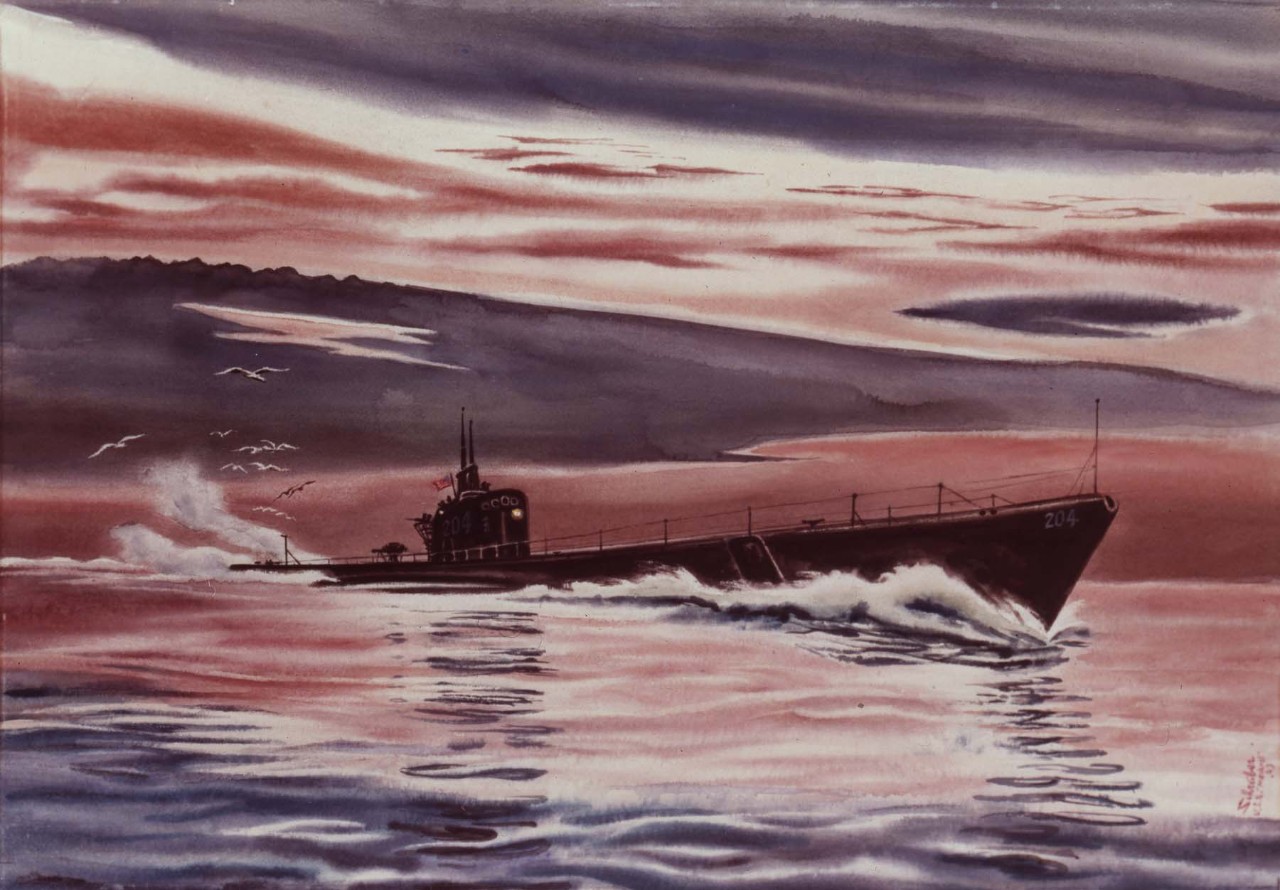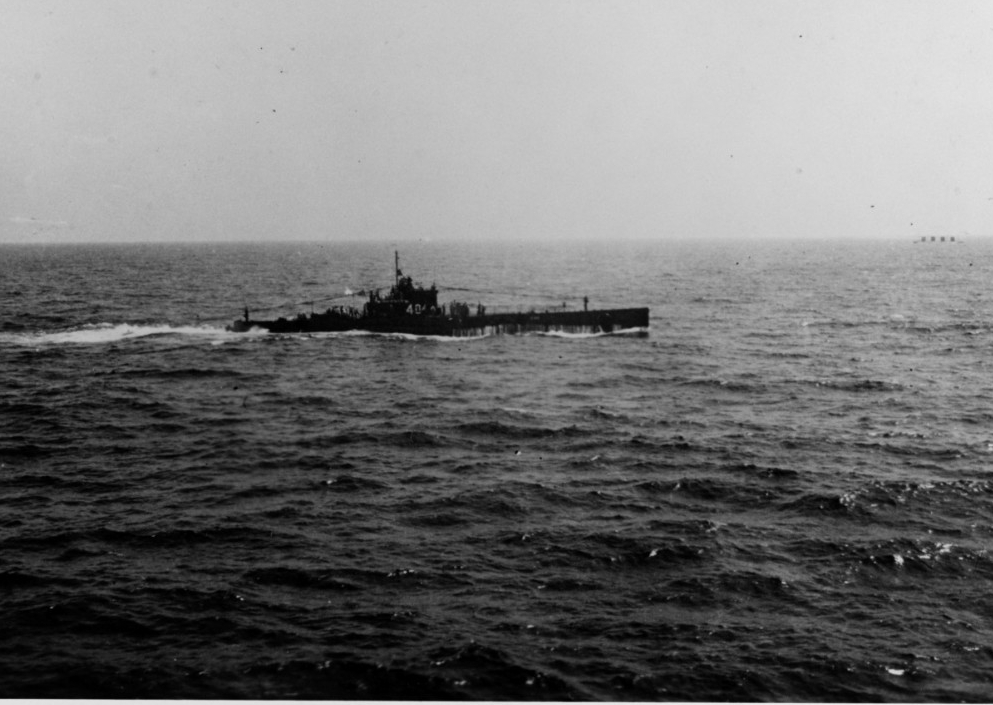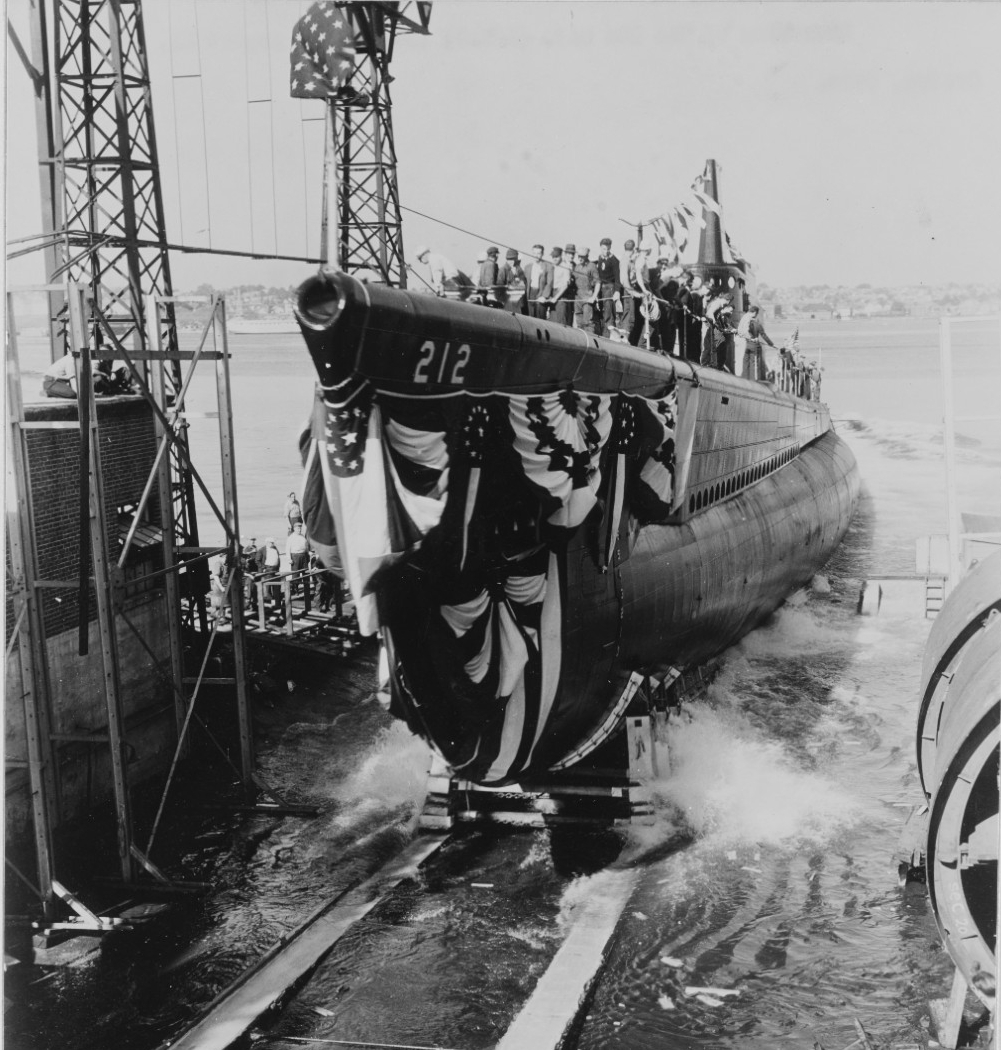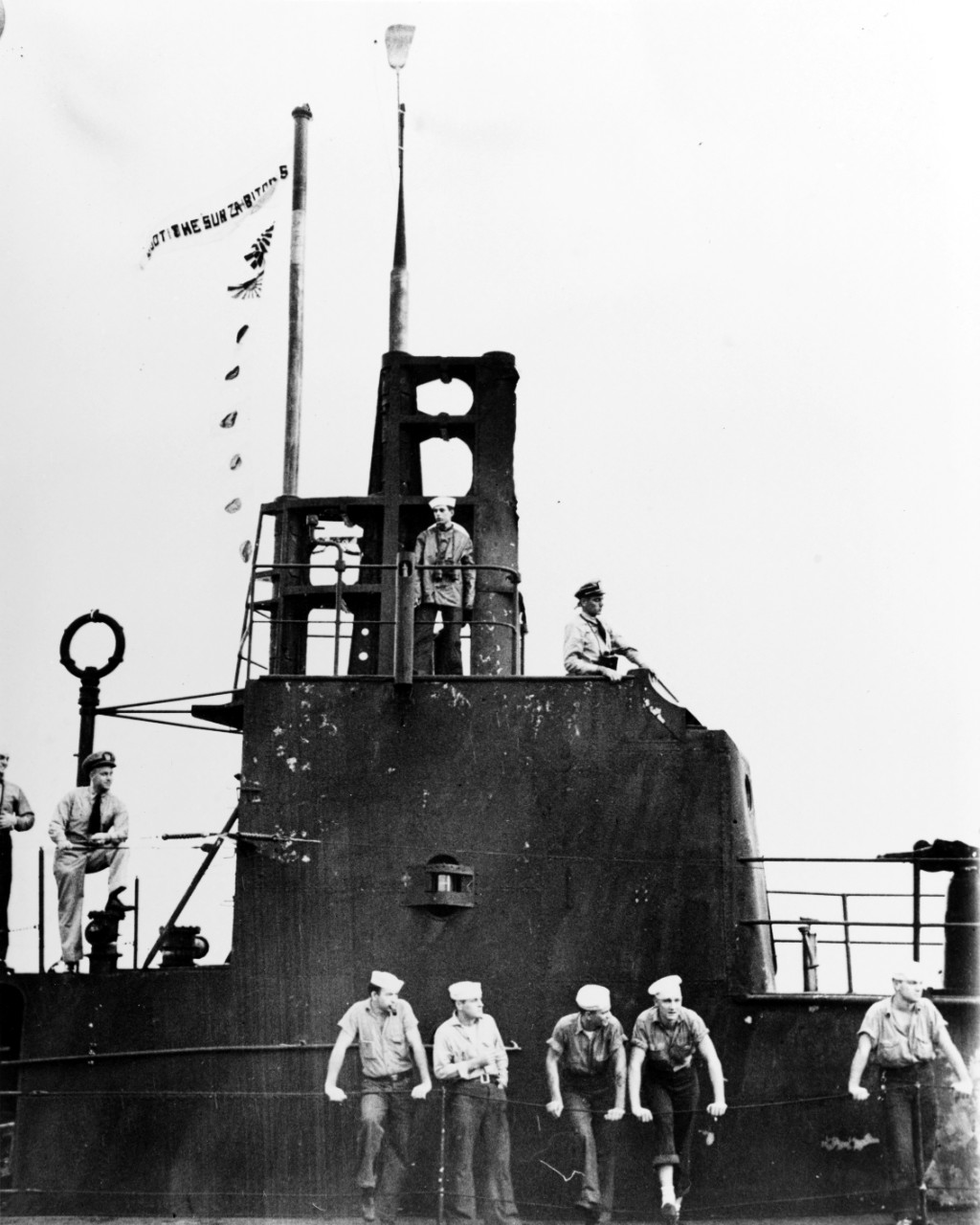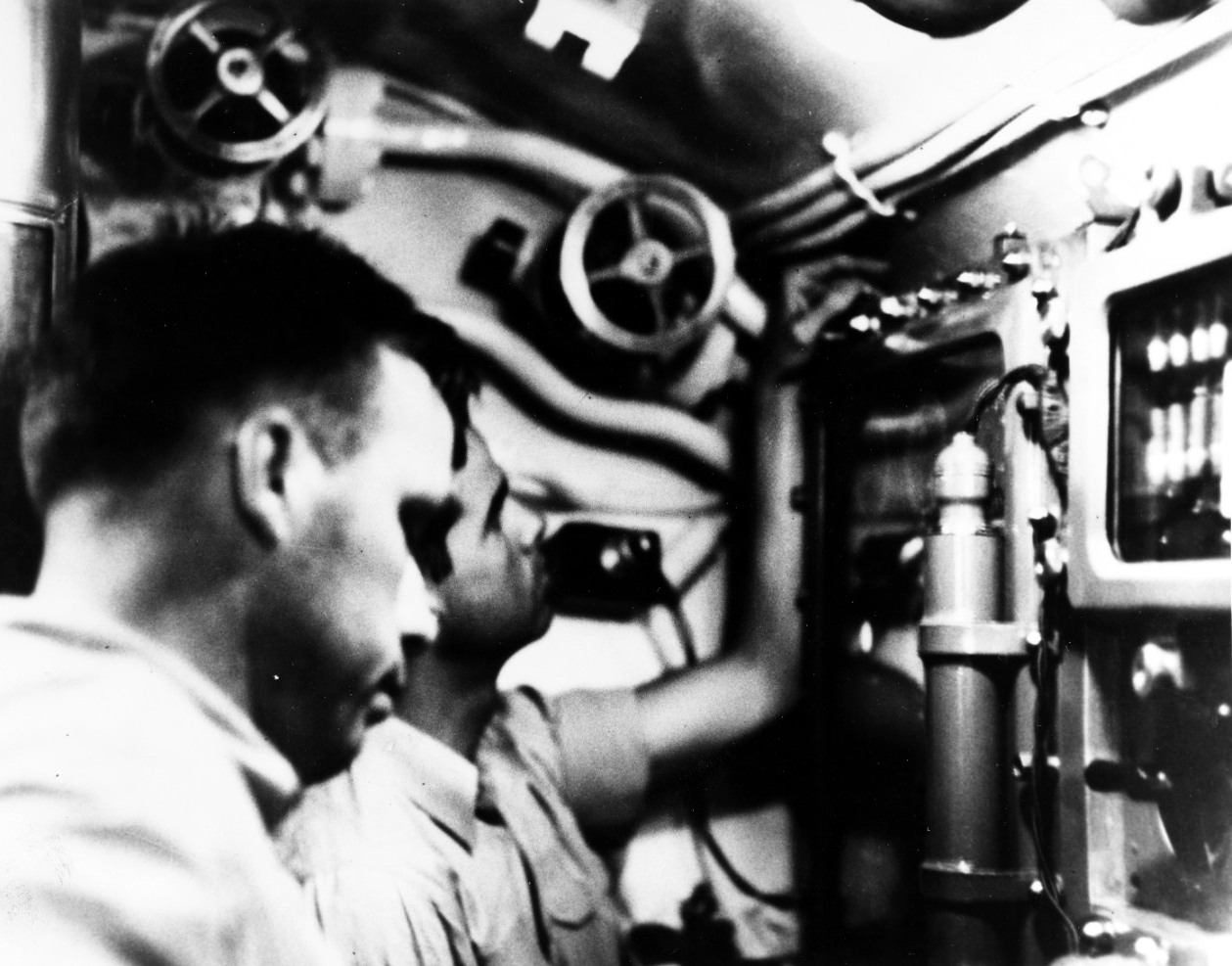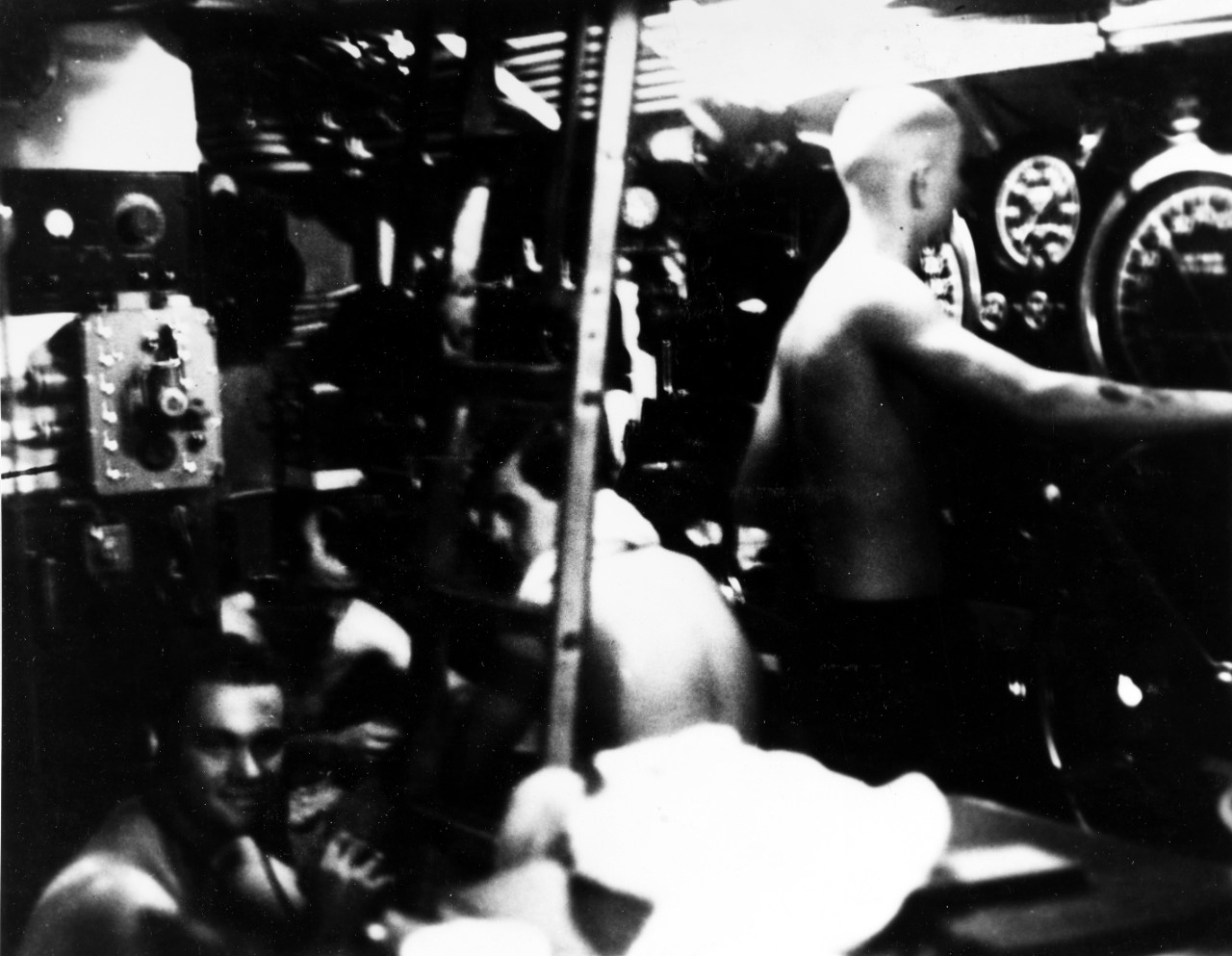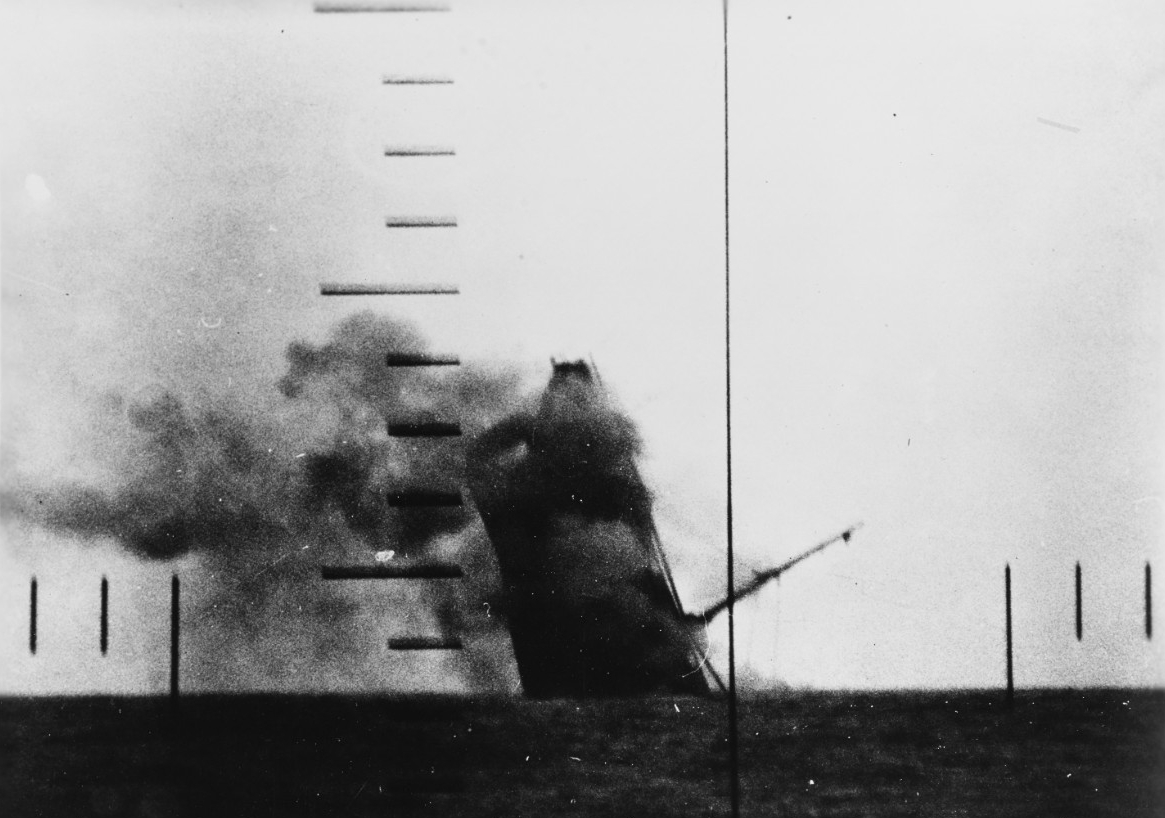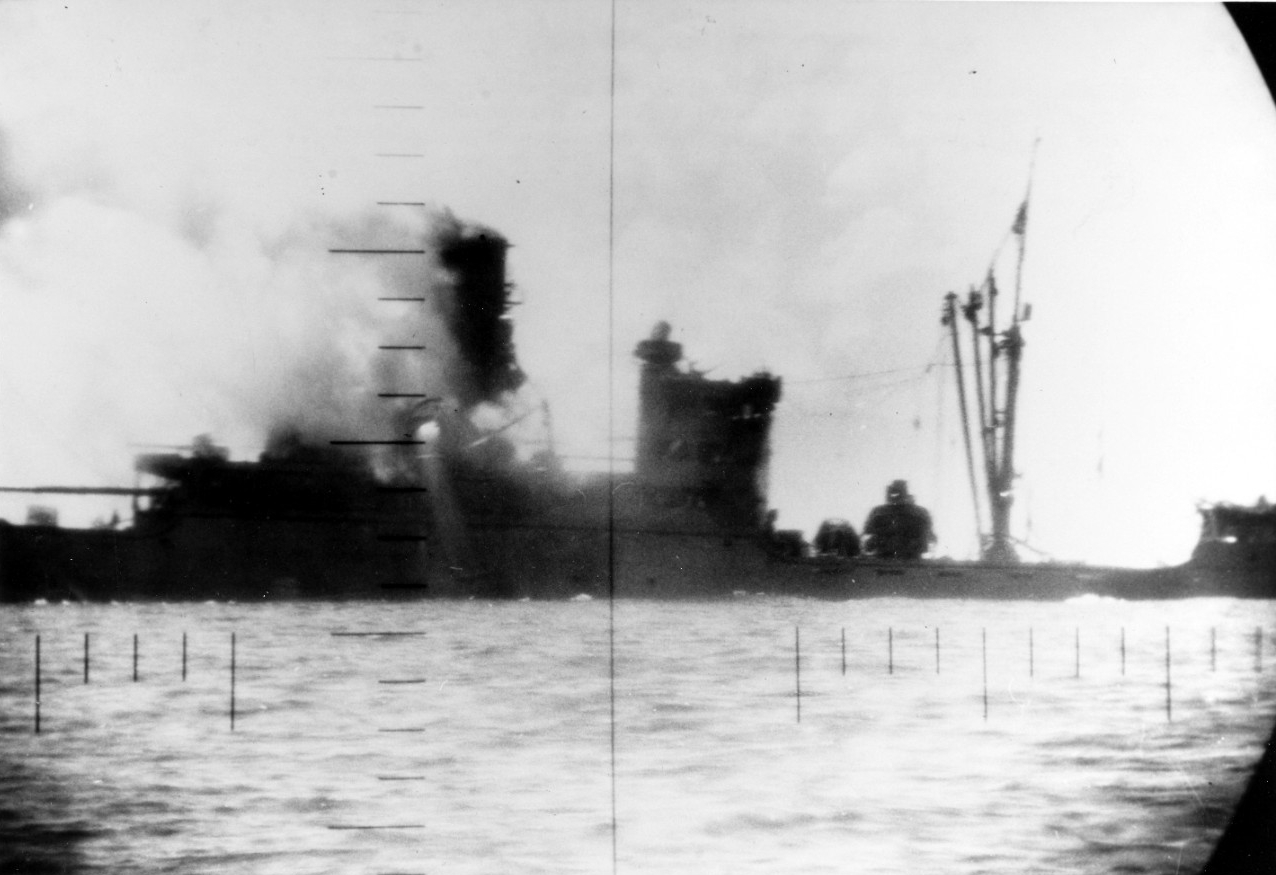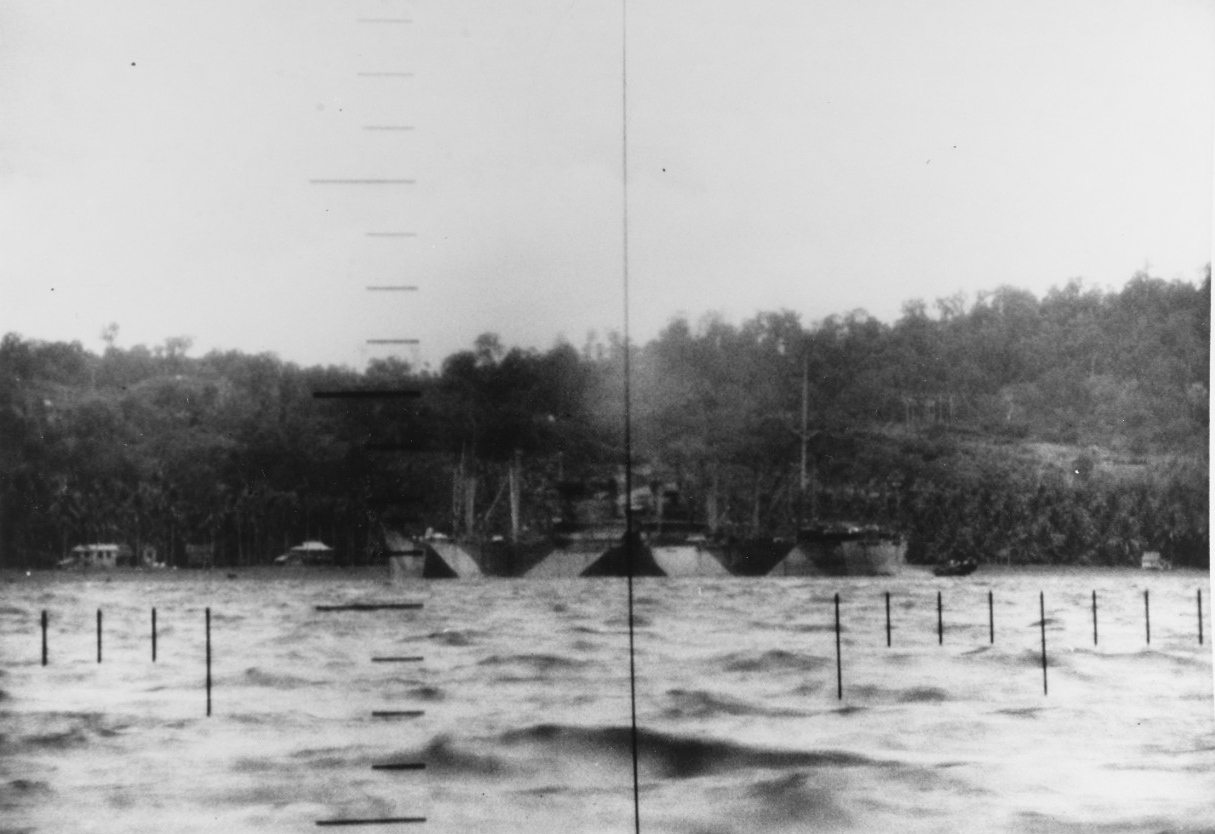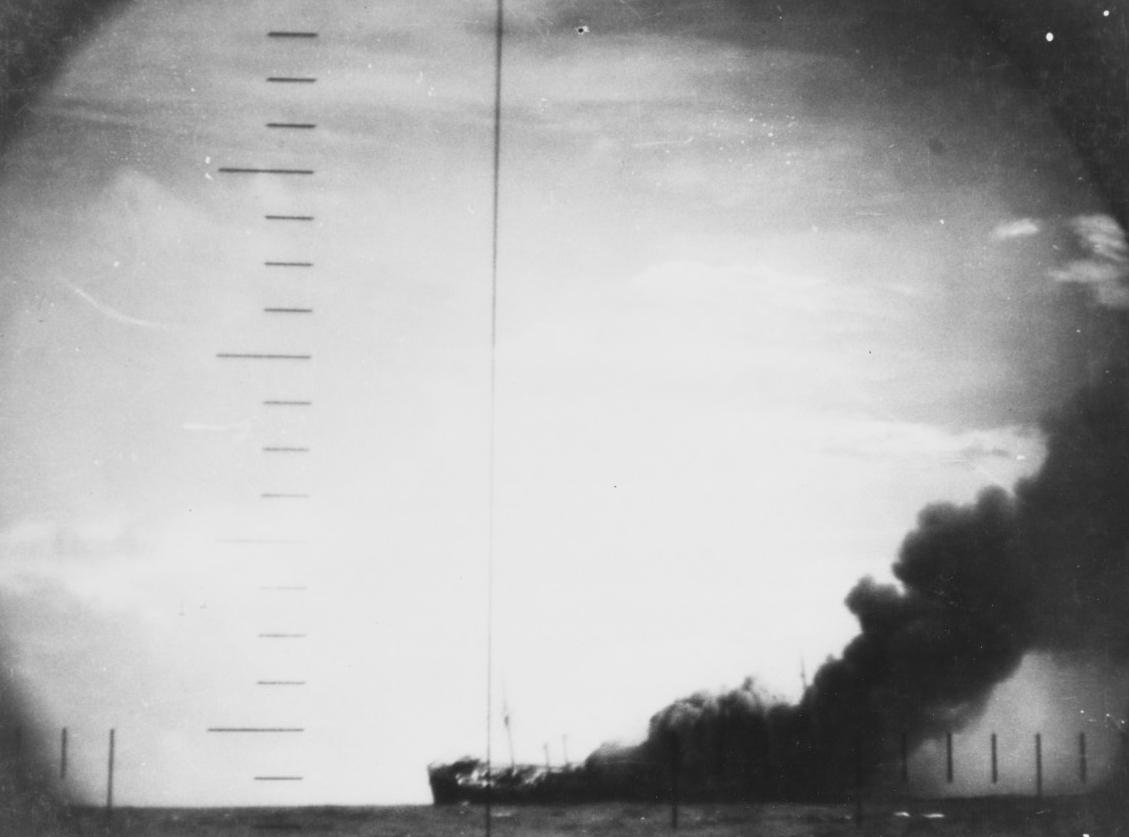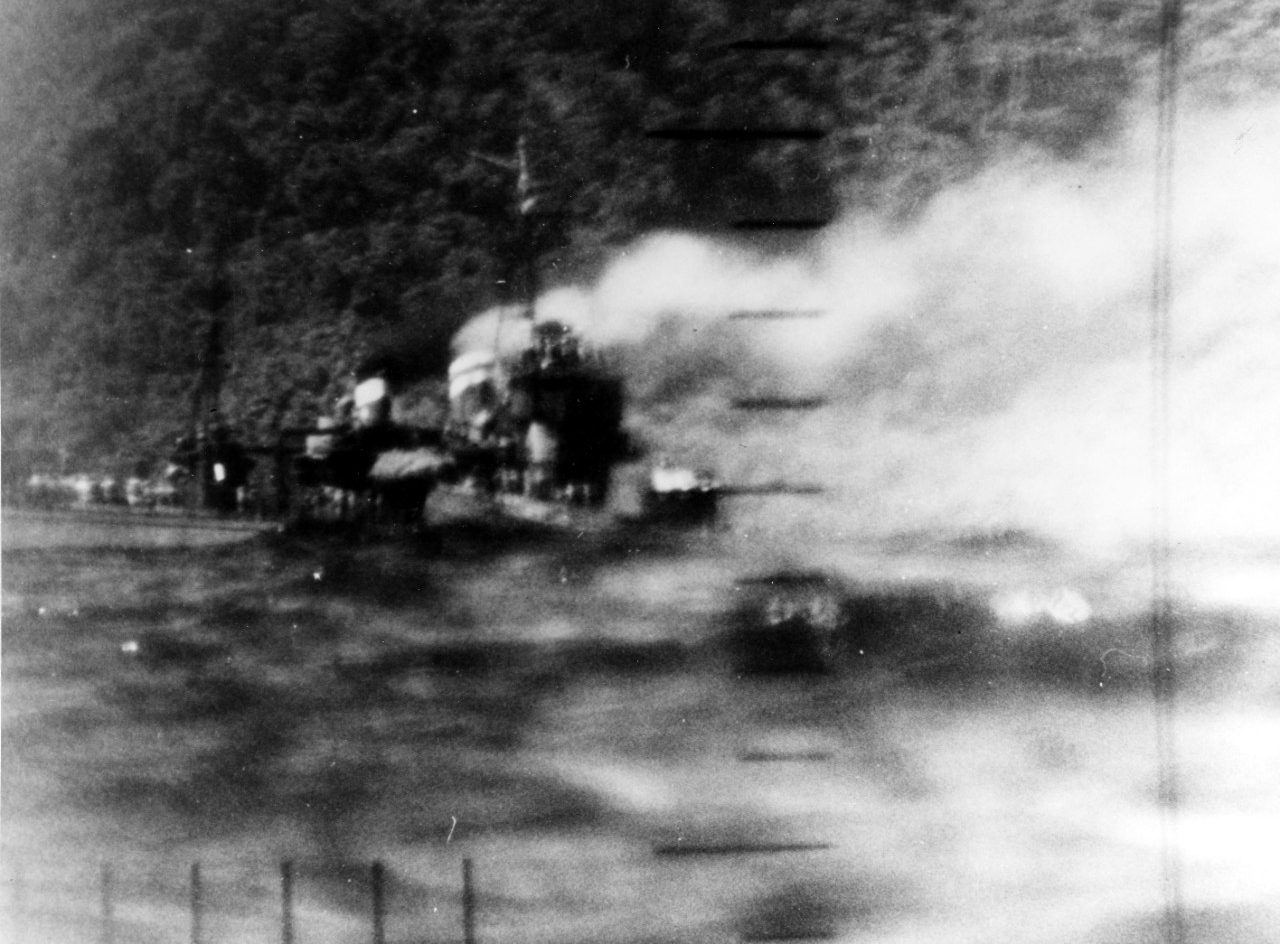Submarine Combat Patrols Against Japan
1942–45
Following the loss of their base at Cavite, Philippines, in December 1941, U.S. Navy submarines were primarily based at Brisbane and Fremantle, Australia (for operations in the south and southwest Pacific), and Pearl Harbor, Hawaii (north and central Pacific). In mid-1942, available units still ranged from the older and smaller “S-boat” types (distinguished by hull number) to the much larger fleet-type submarines of the Salmon and Gato classes. The fleet boats, used predominantly after 1942, were robustly constructed, had a 10,000-mile cruising range, and carried supplies for 60 days. They were armed with deck guns, machine guns, and up to 28 torpedoes. During 1942, air- and surface-search radars were installed, expanding the submarines’ capabilities and survivability. Unfortunately, grave defects in the depth controls and exploder of the untried Mark XIV torpedoes, already observed in Philippine waters in 1941/42, were not properly addressed until later in the war. Thus, U.S. submarines missed many perfectly aligned targets due to deep-running or dud torpedoes. Despite these initial frustrations, the U.S. Navy submarine force inflicted significant, even crippling, damage on Japan’s over-extended seaborne logistics and lines of communication, ranging from the Aleutians to the eastern reaches of the Indian Ocean, and greatly contributed to ultimate victory in the Pacific.
The photo at left (80-G-35726) is of USS Wahoo (SS-238) at Pearl Harbor soon after the end of her third war patrol, circa 7 February 1943. The photo shows her commanding officer, Lieutenant Commander Dudley W. “Mush” Morton, on the open bridge, in right center. The officer standing at left appears to be the executive officer, Lieutenant Richard H. O'Kane. Note the broom lashed to the periscope head, indicating a clean sweep of enemy targets encountered, the pennant bearing the slogan “shoot the sunza bitches,” and eight small flags representing claimed sinkings of two Japanese warships and six merchant vessels. The forward radar mast, mounted in front of the periscope shears, has been censored out of this photograph. Morton was awarded four Navy Crosses; O’Kane was ultimately awarded the Medal of Honor as commanding officer of USS Tang (SS-306).
Highly publicized at the time, the improvised appendectomy carried out by one pharmacist's mate while his boat was running submerged is typical of the leadership abilities and training of wartime U.S. Navy submarine force personnel—even in non-combat situations.
An attack against the Japanese carrier Ryuho by Drum (SS-228) is described here.
The evacuation of American and Filipino civilians from the Japanese-occupied Philippines by Angler (SS-240) is covered here. Peruse a summary of similar operations in the Navy Library Online Reading Room.
Documents digitized in the Navy Library Online Reading Room provide details of the 52 U.S. Navy submarines lost during World War II as well as the extent of Japanese naval and merchant ship losses.
Naval art commemorating the “Silent Service” can be found in this online gallery.
Sources:
Robert J. Cressman, The Official Chronology of the U.S. Navy in World War II. Annapolis, MD/Washington, DC: Naval Institute Press/Naval Historical Center, 1999.
Samuel Eliot Morison, History of United States Naval Operations in World War II, Vol. IV—Coral Sea, Midway and Submarine Actions, May 1942–August 1942. Boston: Little, Brown and Company, 1950.

